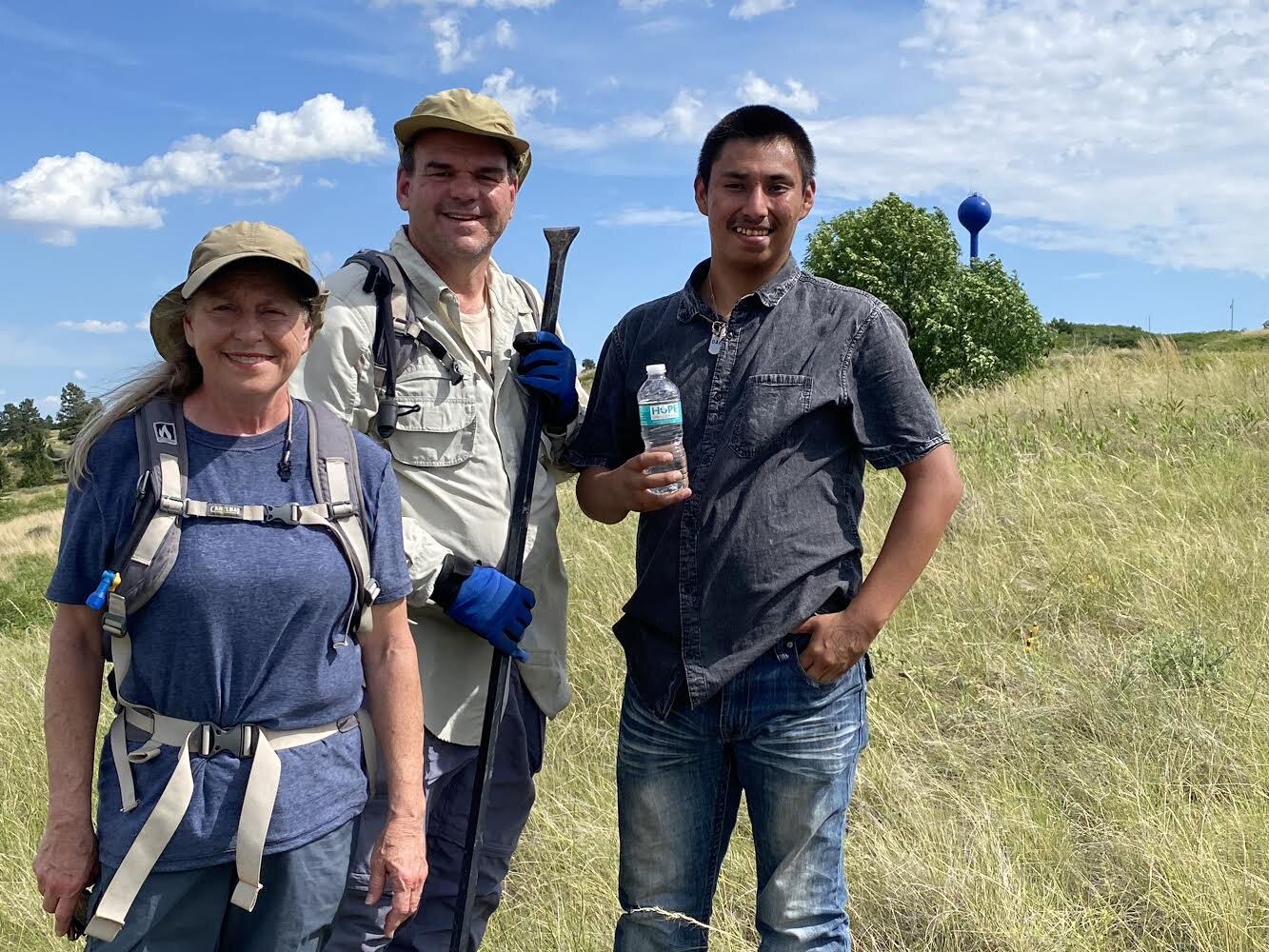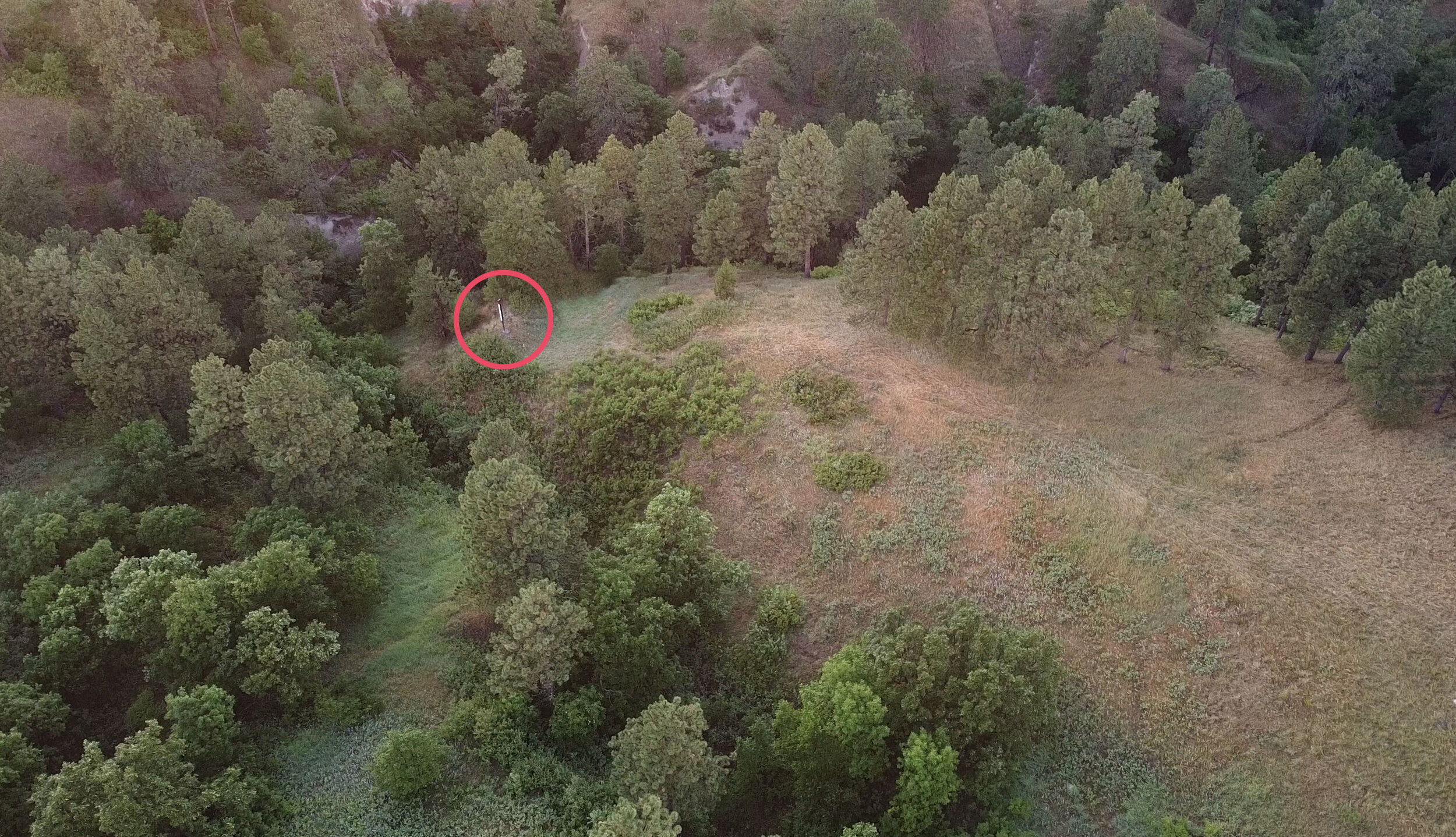Southern Pole of Inaccessibility
Last year, I heard a story about the most remote spot on the continent of Antarctica. It’s called the Southern Pole of Inaccessibility. It’s 550 miles further from the coast than the South Pole and was not reached until nearly 50 years after Roald Amundsen planted the Norwegian flag on the South Pole. It is hard to reach. The first group to do it was traversing from coast to coast. They were Russians and they built a research station crowned with a bust of Lenin sitting 20 feet in the air. After 50 years he is nearly covered with snow.
Eurasian pole of inaccessibility
I started to wonder about the other Poles of Inaccessibility (POI). They are the point furthest from the coast, the middle of the continent. The Eurasian one is near the border of Kazakhstan in the middle of the desert.
Australian Pole of Inaccessibility
The Australian one is also in the desert, both are essentially unreachable. It has a small metal marker. The South American POI was just marked in 2017 with a short fiberglass stick. The POI of Africa is unmarked at sits in the jungle in one of the war torn areas between S Sudan and the Congo.
I searched for the POI of North America. It sits just a few miles away from Kyle, SD. I got excited. It’s just 25 minutes away from Čhaŋkú Wašté Ranch where we would be volunteering. I found descriptions of the place. It is unmarked. I hatched the idea of creating and erecting a marker at the spot. For several weeks we doodled. We came up with a design that is based on the Lakota values and Medicine Wheel. We got approval for our design from the local Lakota tribe representatives. Jack Harrington and Red Dot helped me bring my idea to production. Then we hauled the 15 foot long pole and crown (about 350 pounds) over 1,000 miles to SD to be placed in the ground.
I scouted the location and met Byron Bear Killer on the Pine Ridge Reservation. He has guided numerous people to the location as the best parking lot is beside his house. He helped guide our team and on Thursday they raised the pole. It has the four traditional colors (red, yellow, white, black) representing the points of the compass. The crown is encircled with animals that represent the 7 Lakota Values (Bear - Courage, Eagle - Love, Beaver - Wisdom, Bison - Respect, Turtle - Truth, Wolf - Humility, Foot - Honesty). It was made to last out of thick steel, powder coated and welded together. It stands 12 feet out of the ground and is cemented deep in the earth. It was designed so that people will come to visit, take a selfie and see this beautiful land.
The group of students from the Čhaŋkú Wašté Ranch who placed the pole at the site. They are a group of students from Texas and the Pine Ridge Reservation.
Our hope now is to add a descriptive sign at the site, add direction signs on the reservation and ultimately a directional and distance sign on the interstate leading people to the location. Our desire is for people to come, spend some money in the area, visit the reservation, and visit the site of the Wounded Knee Massacre which is about 38 miles away from the pole.
If you come visit the middle of North American swing by and get Byron to show you the way.












